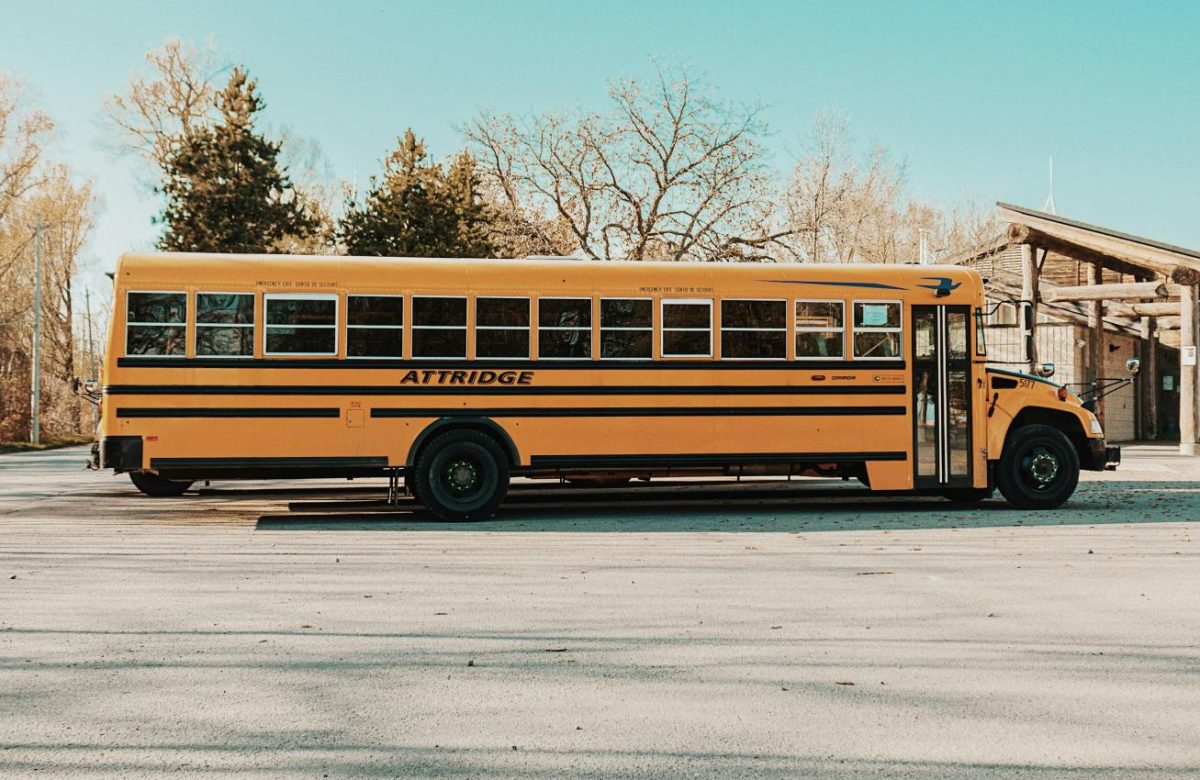As universities start accepting or declining applicants, it’s important to recognize the attributes of an in-state, public, or private college at the beginning of your academic career. College decisions are impacted by many factors, primarily, the overall cost and location, which will reflect your livelihood for the next few years. Choosing to stay near home, go to community college, or travel across the country are choices that you will be faced with, and determining the right fit is crucial. This article aims to help you, a student or parent, understand the differences between various educational institutions and the benefits of each.
Acceptance and School Size
Universities may be more selective based on their school size and expectations. According to the National Association for College Admission Counseling (NACAC), the average acceptance rate for public colleges is higher than private colleges by 8 percent. These statistics reveal that, while roughly the same amount of schools, public universities tend to be more accepting of students and are “easier” to get into— take the University of Florida, ranked the 5th top public college in America for example. The undergraduate acceptance rate is about 24%, given that their student body amounts to over 30,000 undergraduates. Compared to New York University, a private college with a similar student population, the acceptance rate is over half that of UF, standing at a mere 9 percent. Withal, the comparison of class size is shown best through the quantity of discussion-sized classes, where Rutgers University reports only 40% of classes being less than 20 students, compared to Swarthmore College’s approximate 66%.
On the other hand, community colleges have very high acceptance rates, with many being near 100%. Acceptance into such schools is almost guaranteed, and many students take the path of going to a local college to both save money and commit to enrolling in post-secondary education. In addition, students are generally from the same areas, even if it be the same county or state, meaning that student organizations and people are familiar, helping the school to seem smaller than it really is. While class structure is local, however, their student-faculty ratios vary, and most have larger proportions than that of public institutions. The Rowan College at Burlington County, one of the biggest public 2-year colleges in New Jersey, reports a balance of 24 students to one professor—a high figure when compared to the national average (18:1). What’s more, community college campus sizes, typically, are much smaller than that of other types of colleges, obtaining less funding and resources for expansion. Altogether, choosing whether a small or large-sized school suits you is imperative to college decisions.
In-state universities, whether public, private, or community colleges, are similar in size to any other type as they are a combination of them. Nevertheless, the acceptance rates may be different and can provide a competitive advantage for students who seek an education within their region. Institutions such as the University of Virginia maintain a pool of majority in-state residents, amounting to ⅔ of their student body from Virginia. Places like the University of Texas uphold over 80% of their class size from Texas, with only 10 percent of their student body hailing from other states. These figures reflect the relatively trouble-free admission into local colleges, and that it may prove more beneficial to attend a school close to home.
Financial Considerations
While private colleges may provide better resources academically, most private university tuition rates heavily exceed the costs of public universities. College Board reports that private 4-year institutions cost $39,400 (2022 average) for tuition and fees for undergraduate students, in comparison to $28,240 for public out-of-state schools. Howbeit, in-state tuition is likely the most affordable, specifically because states subsidize the costs based on additional criteria. In the case of determining university, weighing the benefits of a more expensive, private education with a less expensive, public education is critical.
To add, evaluating financial figures before and after a college career is imperative, as students may be left with a bigger-than-anticipated debt burden. Using National Center for Education Statistics (NCES) data from the 2020-21 school year (for 4-year schools), the average annual loan amount for private colleges hovered around $8,700, whereas public universities were only $7,500. These large differences between student loans resemble not only the high tuition costs of private institutions but also the prolonged periods of paying back debts accumulated from gaining an education. Nevertheless, receiving any postsecondary education is generally beneficial in the long run, equipping students with the tools and knowledge necessary to succeed in the workplace. A college education also provides greater access to a variety of jobs and higher payment opportunities, with estimates of over a million dollars in additional lifetime earnings from a bachelor’s degree alone.
In acknowledging the value of education from either institution, it is essential to assess which university will provide the most valuable resources and opportunities. By convention, private colleges hold stronger alumni networks and fund more community and networking events for their students. Furthermore, US News maintains a list of the best value schools each year, based on calculations of academic quality relative to the average discount price paid and the percentage of students receiving need-based aid and scholarships. In the list, 23 out of the top 25 schools are private institutions, including top Ivy League schools, renowned for their highly sought-after scholars in jobs and internships. Considering the benefits of a private college, however, students may run the risk of coming under a financial burden that may be difficult to fix after graduation. Ultimately, private universities are arguably the most valuable and yield greater options for schools.
Scholarships and Aid
In 2018, the federal government spent over $96 billion on federal student aid (scholarships, work-study, and loans) and another $41 billion on federal grants. Each type of school has since received larger amounts annually, specifically to fund research and invest in higher education. While both types of schools accept federal financial aid, 84% of private 4-year institutions’ student body obtains institutional grants. In contrast, only 53% of public college students secure those grants, with a smaller average award amount ($6,600 compared to $25,400).
So who is more generous with scholarships? Scholarship service Appily marks that because private universities receive donations from alumni, their endowments, and other organizations, they are able to provide more generous financial aid packages and can distribute more money through grants and scholarships to admitted students. However, private universities do not receive much federal funding (for tuition)— unlike public colleges which promote subsidized tuition, especially for in-state residents. Overall, merit scholarships may be more prevalent at private institutions than public ones, where 25% of undergrads acquire awards, in comparison to only 18% of undergraduates at public colleges. Fortunately, both types of schools supply enough opportunities (such as merit or need-based scholarships) to afford a postsecondary education.
Transportation, Curriculum, and Programs
Price and benefits are the most fundamental aspects of choosing which college to enroll in, but almost as important are the programs and accessibility that each school offers. Private schools have more control over the standard curriculum for each of their admitted students, whereas public schools (especially state colleges) offer broader, homogenous classes. This means that in most fields or majors, private universities provide more specialized education and research opportunities than other types of schools. Arrangements of honors colleges and honors programs are better established at large public universities though, offering an equal opportunity to learn in conditions similar to those at private institutions.
Lastly, it’s important to note that altogether, college towns tend to have good transportation for their students and residents. Schools in large cities may also have plans with public transportation for commuting to campus. While transportation may seem like something ineffectual to students now, it is important to consider when choosing a college to attend.
Fully determining which school to attend is a difficult decision that should be made with the help of peers and family, and recognizing that your perspective matters most when choosing where to spend your time is necessary to your experience. You can use college resources like College Board and Niche to determine what you want to study and where.












